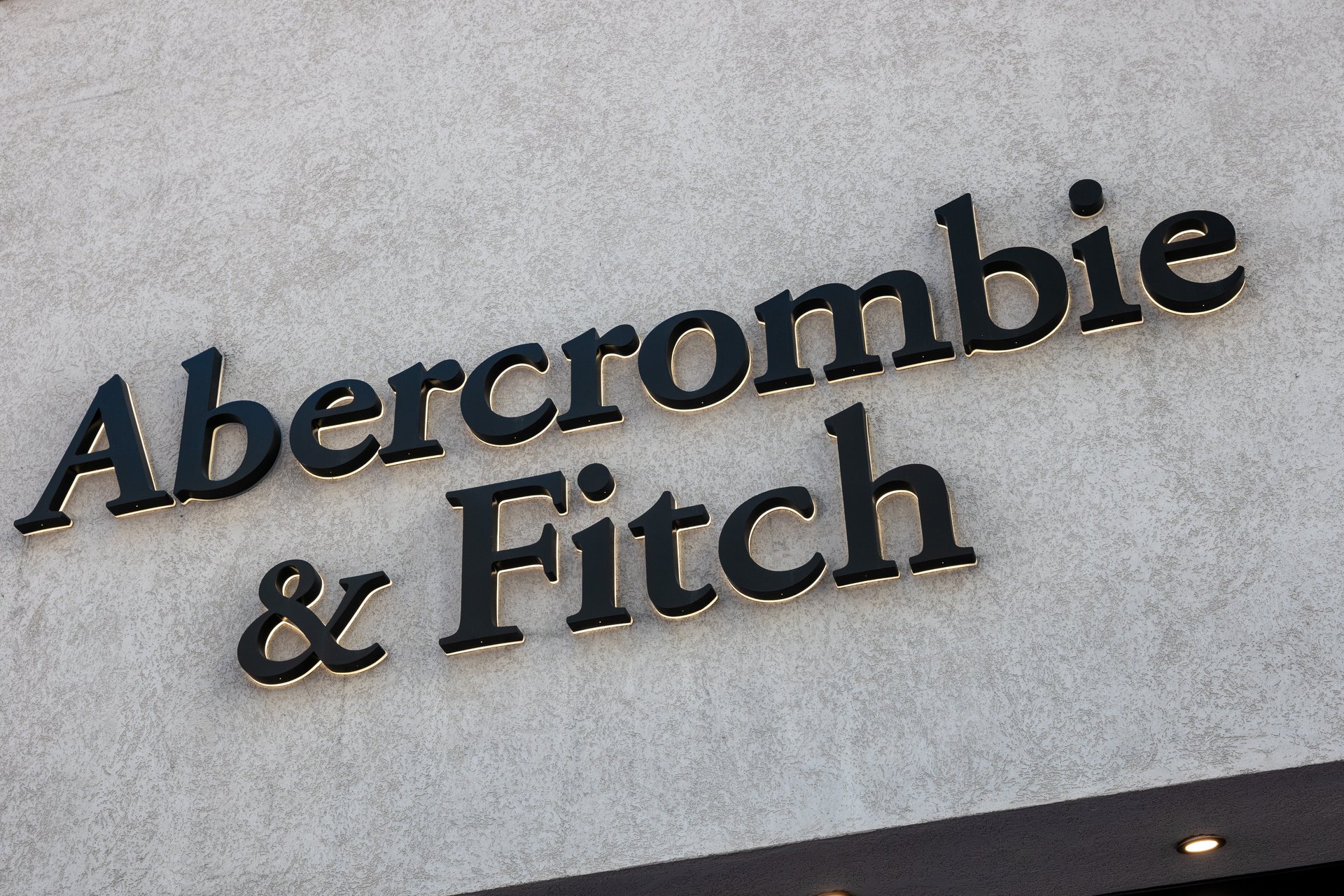Abercrombie & Fitch stock soars 25% as sales beat estimates
The clothing brand has found renewed appeal among teenage shoppers

Abercrombie & Fitch (ANF) stock traded 25% higher on Wednesday morning after the clothing retailer posted better-than-expected results for the first quarter.
Suggested Reading
Abercrombie announced quarterly net sales of $1.10 billion for the quarter, beating analysts’ estimate of $1.07 billion, as per data compiled by LSEG. Its quarterly adjusted profit was $1.59 per share, also beating analysts’ estimate of $1.39.
Related Content
The rosy outlook was partially due to the success of its subsidiary brand, Hollister, which saw its sales jump 23% compared to the same period a year prior.
Hollister has found renewed appeal among teenage customers in search of a retro look. A decade ago, apparel from Hollister and brands like Ugg (DECK) were sought-after products among millennial and elder Gen Z teens. Now, their popularity is surging with Gen Alpha and young Gen Zers, according to investment bank Piper Sandler’s (PIPR) semi-annual Taking Stock With Teens survey, published on April 9.
Hollister is the top apparel brand for female teens, disrupting Nike’s (NKE) dominance, according to the survey of 6,455 teens with an average age of 16.2 years. Today’s teenagers are attracted to Hollister’s vests, low-rise jeans and distressed sweaters for their vintage appeal. It’s a far-cry from the “dead” stores the brand had transformed into aquariums or other businesses just a few years ago, according to Business Insider.
However, Abercrombie isn’t immune from the fallout of President Donald Trump’s tariffs on U.S. imports. It joined retailers such as Ralph Lauren (RL) in cutting its annual profit forecast, anticipating disrupted demand. The company now expects annual net income per share in the range of $9.50 to $10.50, down from its prior forecast of $10.40 to $11.40 per share.
This forecast accounts for existing tariffs, Abercrombie said, which includes a 30% levy on imports from China and a 10% tariff on all other global imports.
The company assumes tariff expenses will cost about $50 million this year, even after factoring mitigation efforts. That’s because imports to the U.S. from China accounted for 5% of total merchandise in the 2024 fiscal year, according to company filings.